The best low profile graphics cards on the market.
If you're looking for the best low profile graphics card, we recommend reading this article. We've reviewed and described the top 8 low-profile graphics cards that suit every need. Since low-profile GPUs are compact enough, they have certain advantages over their larger counterparts, including energy efficiency, quiet performance, and affordable price.
When choosing the best Canon projectors, I paid attention to the ease of setup and installation, their size and weight, availability of built-in speakers, and screen resolution. I also took into account the type of projector, image brightness and contrast, and check if wireless connection is supported.
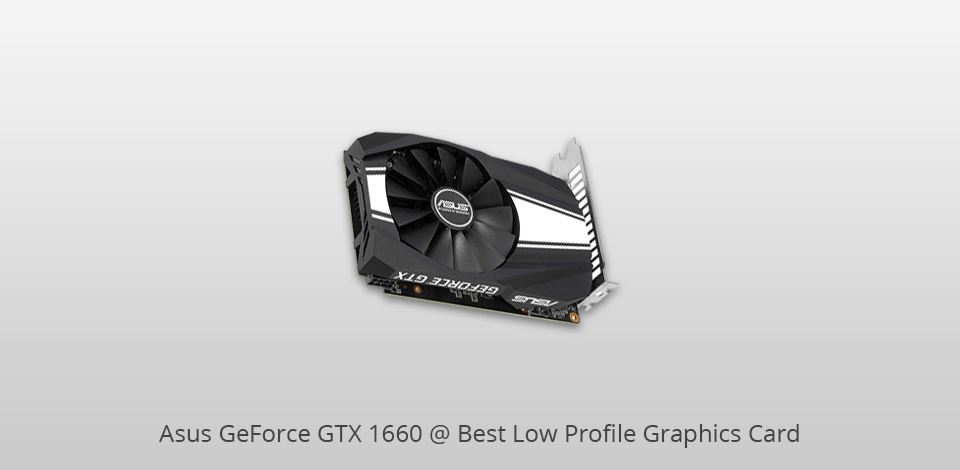
Stream Processors: 1408 CUDA Cores | Core Clock: 1530 MHz ( 1530 MHz boost) | Memory: 6 GB | Memory Clock: 14 Gbps | Power Connectors: 1 x 8-Pin | Outputs: 3 x DisplayPort 1.4, 1 x HDMI 2.0b, 1 x DVI-D
Various types of GPUs have particular pros and cons. The Asus GeForce GTX 1660 comes with a wing-blade fan design, where curved ends are applied to each blade to minimize drag.
The model has many ports on the front such as DisplayPort 1.4, HDMI 2.0b, and DVI-D. It is great for gaming and handles intensive programs with 1408 GPU cores, accelerating operation with CUDA and other APIs.
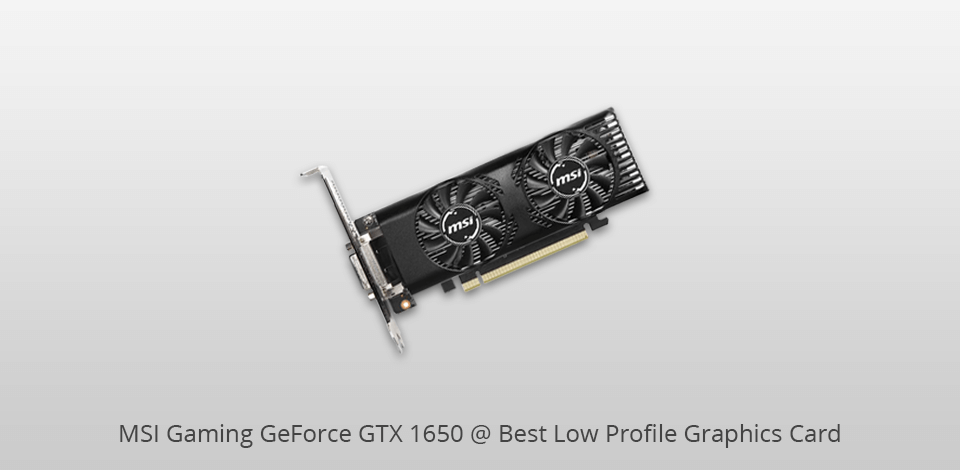
Stream Processors: 896 CUDA Cores | Core Clock: 1860 MHz ( 1860 MHz boost) | Memory: 4 GB | Memory Clock: 8 Gbps | Power Connectors: 1 x 6-Pin | Outputs: HDMI x 1 / DL-DVI-D x 1
This GTX low profile video card can perform floating-point and integer operations simultaneously. It is based on a unified architecture with adaptive shading technology, and has twice the memory with a large cache in contrast to previous models. The model is ahead of its predecessors with the Turing graphics options, offering 1.4x better energy efficiency, which makes the gameplay faster and quieter, as well as helps avoid overheating.
The card comes with many ports on the front – DisplayPort 1.4 and HDMI 2.0b. Choosing a GTX 1650, you don’t only get great support for gaming, but also good performance for other intensive tasks thanks to CUDA or other APIs.
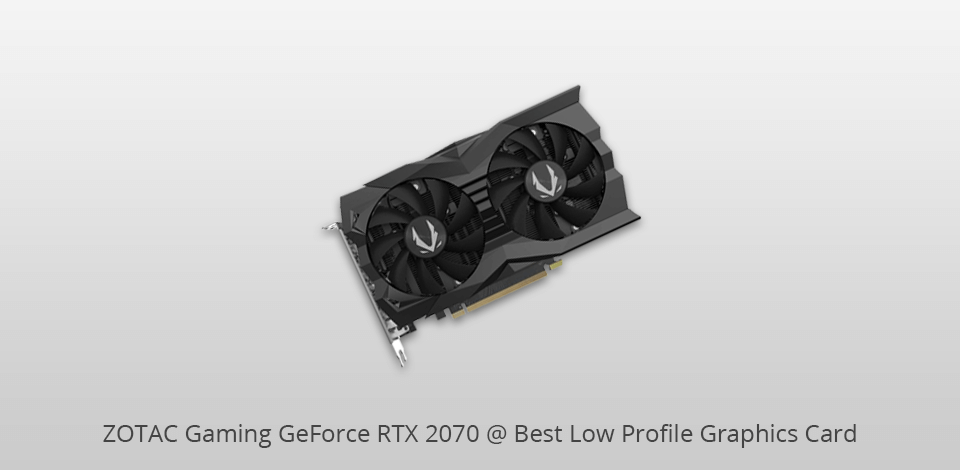
Stream Processors: 2560 CUDA Cores | Core Clock: 1700 MHz ( 1700 MHz boost) | Memory: 8 GB | Memory Clock: 14 Gbps | Power Connectors: 1 x 8-Pin | Outputs: 1 x 8-Pin, 1 x 6-Pin | Outputs: 3 x DisplayPort 1.4, HDMI 2.0b
All ZOTAC GAMING GeForce RTX SUPER products are renowned for their NVIDIA Turing architecture with dedicated AI cores and ray tracing for improved performance and graphics.
In addition to real-time ray tracing and artificial intelligence, the latest architecture paired with the new GeForce RTX SUPER platform offers programmable shading. Thus, this low profile video card is great for gaming.

Stream Processors: 896 CUDA Cores | Core Clock: 1695 MHz ( 1695 MHz boost) | Memory: 4 GB | Memory Clock: 8 Gbps | Power Connectors: None | Outputs: 1 x HDMI 2.0b, 1 x DisplayPort 1.4, 1 x DVI-D DL
GIGABYTE GeForce GTX 1650 is the best low profile graphics card for gamers with limited funds. It is based on the GeForce GTX 1650 NVIDIA Turing architecture and GeForce Experience. The model comes with 4GB GDDR6 128-bit memory. The compact card is 167 mm long and its overall size is 170 mm. Thanks to the different ports, the device can be paired with 4 different displays.
The card comes with a 1620MHz core, and the clock speed increases in real-time depending on the target temperature. When operating below the set target temperature, the clock speed is increased for better performance.

Stream Processors: 1902 CUDA Cores | Core Clock: 1695 MHz ( 1695 MHz boost) | Memory: 6 GB | Memory Clock: 14 Gbps | Power Connectors: 1 x 8-Pin | Outputs: 1 x HDMI, 3 x DisplayPort
Gigabyte GeForce RTX 2060 Mini is a low profile video card that is great for gaming. Since it is built based on the Turing architecture, it offers real-time ray tracing and an AI option for games. The GPU supports Full HD 1080p games at high FPS but that largely depends on the game settings.
GIGABYTE has created a compact card that is perfect for those looking for a model with good performance and a small footprint. Along with real-time ray tracing and artificial intelligence, the NVIDIA Turing architecture provides other latest technologies to make your gaming experience mind-blowing.
| IMAGE | NAME | FEATURES | |
|---|---|---|---|

|
Asus GeForce GTX 1660
Our Choice
|
CHECK PRICE → | |

|
MSI Gaming GeForce GTX 1650
for Gaming
|
CHECK PRICE → | |

|
ZOTAC GeForce RTX 2070
Compact
|
CHECK PRICE → |
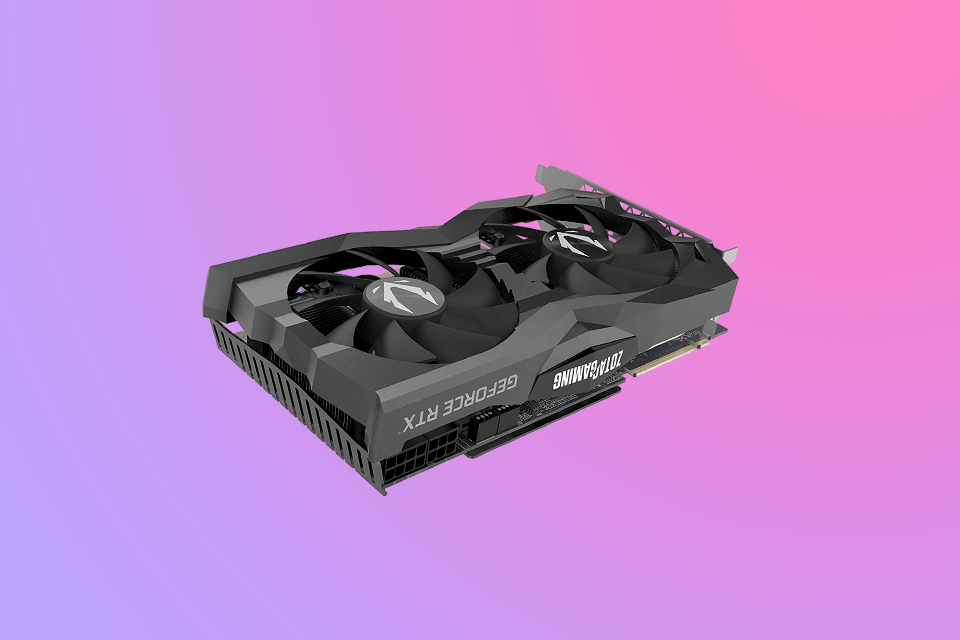
Low profile VGA card is a small-form-factor device. As a rule, they are not suitable for games, however, users buy them based on particular needs. We've used low-profile cards in the past and were satisfied with the quality they offered. Compared to standard cards, low-profile cards have a smaller size, so they are great for thin PC cases.
As we said, low-profile cards are smaller in size than their standard counterparts, so we recommend using them for thin or low-profile devices. Alternatively, you can use them in ATX cases to leave more room for airflow. As a rule, low-profile cards come with one slot, but more powerful models offer two slots. LP cards will fit easily into all mini-ITX cases. Check out the selection of the best small form-factor graphics cards for small form-factor cases (not for low profile or thin ones).
An important aspect to consider when choosing graphics cards is the PSU cable routing. Most cards come with power ports on the top panel but in some models, the connector is located on the back of the video card. PCIe low profile GPU is a type that does not require connection to a power supply as the PCIe connectors give it enough power. We are focusing exactly on such cards in our article.
The monitor directly affects the refresh rate. If you have a robust monitor with a high refresh rate, the graphics card you choose should meet the requirements. If your monitor features 1080p resolution or 60Hz, we don't recommend buying an expensive video card.
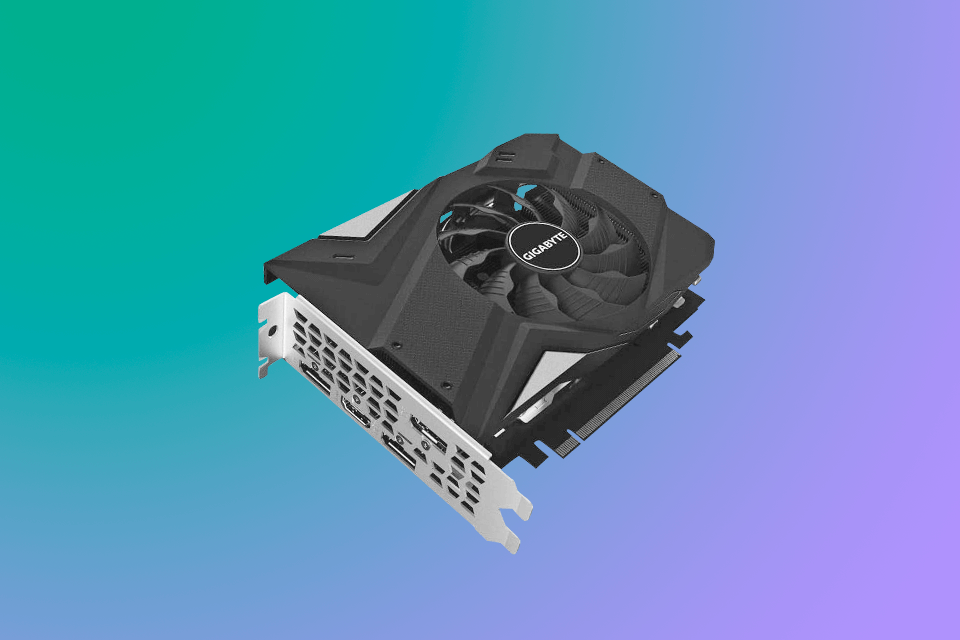
When choosing a video card, you need to pay attention to the type of card clearance in your PC case. You can find this information on the website in the “Specifications” section or the manual for the device. If you can’t find the specifications, you can measure the clearance by removing the side panel and using a ruler. You need to find where the PCI Express card expansion brackets are located; it’s at the back as a rule.
There you will see the video output ports on the video card through the back of the case. You need to measure the distance from there, parallel to the PCI Express slot where the card is installed, to the first obstacle that appears. The resulting value is the maximum length of the card (if the card doesn’t have rear power connectors). If the power connector is on the rear panel instead of the front, then this distance must be compensated.
Typically, low-profile video cards are installed in thin SFF cases or are used to build HTPCs. You can purchase a device for low-cost computers to play undemanding games, as well as use it for work-related tasks by connecting multiple monitors.
To play GTA V, a graphics card is a must. With the integrated card, you may not be satisfied with the gameplay. We recommend playing at medium settings if you have an Intel HD 600 series model.
2GB of VRAM is enough for 1080p gaming, but we recommend using 4GB because 2GB is the minimum. If you play 1080p games, then 3-4GB of VRAM will be sufficient. But if you are aiming at upgrading your screen to 1440p or 4K, then you need more video memory.
Conventional tower computers offer free space for additional items such as graphics or sound cards. Since low-profile graphics cards are smaller than standard graphics cards, you can easily fit them in both a regular PC and a low-profile one.